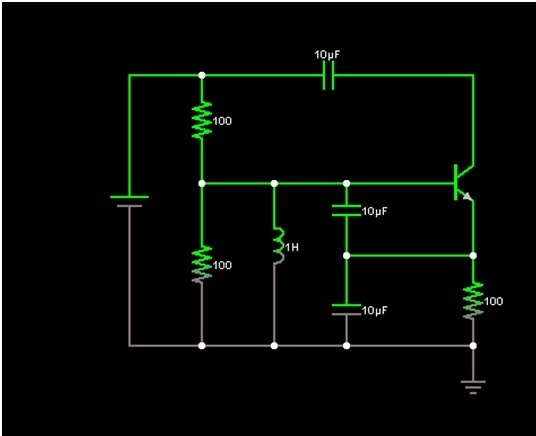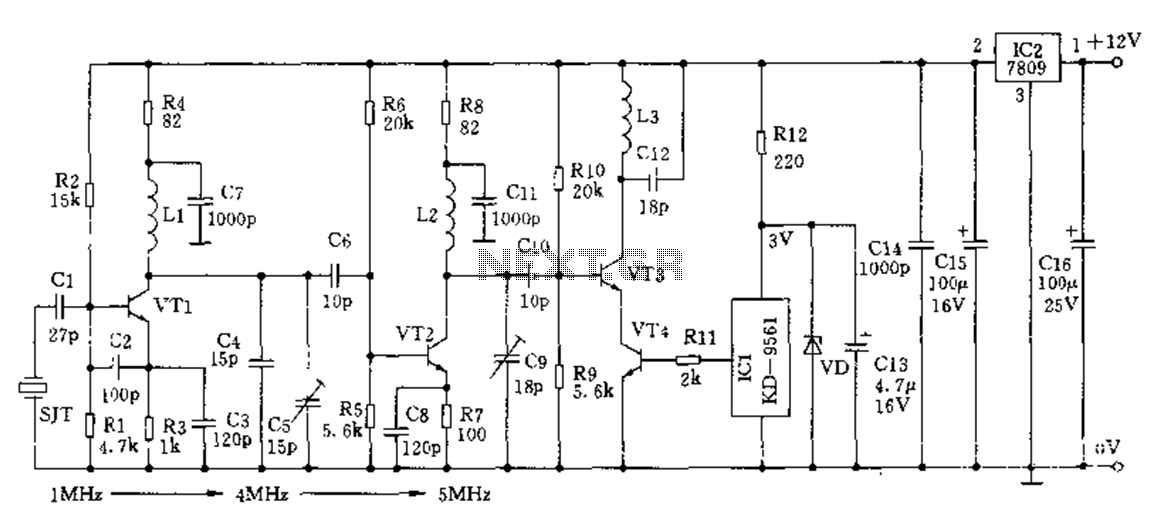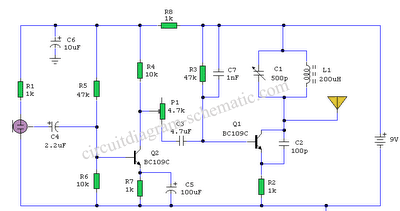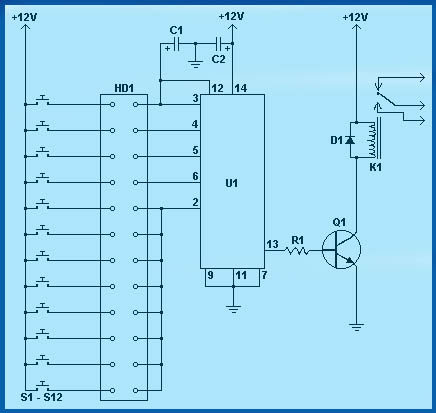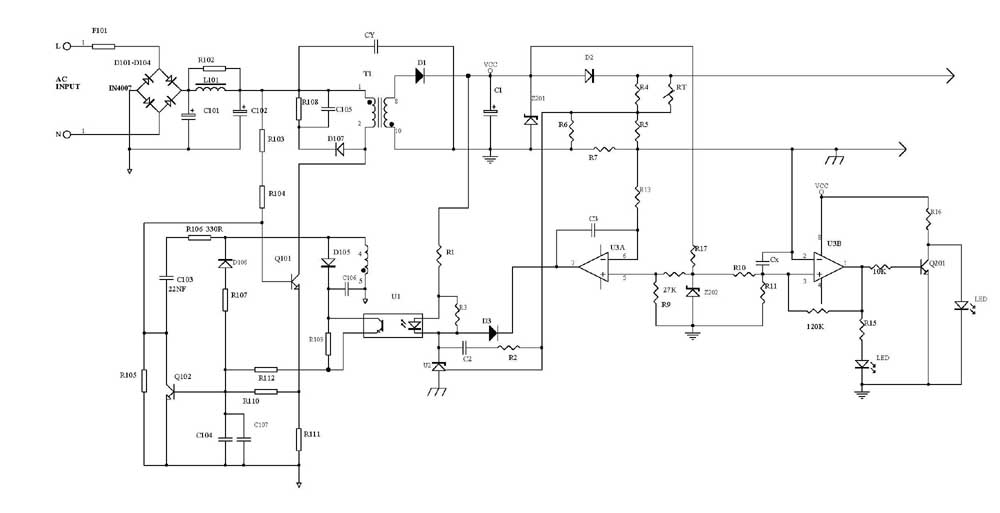
Zener Oscillator circuits
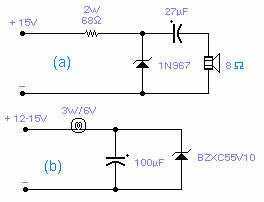
These two circuits are interesting from an academic point of view. Their practical implementation is rather critical and it is not easy to get steady operation. Circuit (a) requires a "cooked" zener: connect it first to a constant current generator, then increase the current until the voltage across the zener starts to decrease. Reduce the supply current and wait a few minutes until it really warms up. The zener is now ready for the circuit: increase the voltage slowly until it oscillates (1KHz in the circuit shown). You may need to decrease the voltage once oscillation takes place. With suitable circuit components it will oscillate up to 20MHz. Circuit (b) will oscillate at a very low frequency, normally 2-5Hz, provided the voltage is increased very slowly, loading is critical and you may find that a slightly different lamp will work better. Higher voltage zeners work better than low voltage zeners and the circuits operate only with the specified types. The reasons for the oscillations are unknown, although, for circuit (b) it is felt that some kind of reversible thermal breakdown is at work.
Circuit (a) employs a zener diode as the primary oscillation component, necessitating a careful preparation phase referred to as "cooking." This process involves connecting the zener diode to a constant current generator, allowing for controlled current adjustment. The key operation is to increase the current until the voltage across the zener diode begins to drop, indicating it is nearing its breakdown voltage. After reaching this point, the supply current should be reduced, allowing the zener to stabilize at an elevated temperature. This thermal management is critical for achieving stable oscillation characteristics.
Once the zener is properly conditioned, the voltage can be incrementally increased until oscillation is observed, typically around 1 kHz. It is important to note that once oscillation occurs, further voltage adjustments may be necessary to maintain consistent operation. With the right selection of components, this circuit can achieve oscillation frequencies up to 20 MHz, making it suitable for various high-frequency applications.
Circuit (b), in contrast, operates at significantly lower frequencies, generally between 2 to 5 Hz. The initiation of oscillation in this circuit is highly sensitive to the voltage increase rate, emphasizing the need for gradual voltage adjustments. Additionally, the circuit's performance is influenced by the load, particularly if a lamp is used as part of the oscillation mechanism. It has been observed that higher voltage zeners tend to perform better than their lower voltage counterparts, making the choice of the zener diode crucial for circuit functionality.
The underlying mechanisms driving the oscillations in both circuits remain somewhat enigmatic. For circuit (b), there is a hypothesis suggesting that reversible thermal breakdown may play a role in the oscillation phenomenon. This aspect warrants further investigation to fully understand the operational principles and enhance the reliability of these circuits in practical applications. The specified components are essential for ensuring proper circuit behavior, and deviations from these specifications may lead to unpredictable performance.These two circuits are interesting from an academic point of view. Their practical implementation is rather critical and it is not easy to get steady operation. Circuit (a) requires a "cooked" zener: connect it first to a constant current generator, then increase the current until the voltage across the zener starts to decrease. Reduce the supply current and wait a few minutes until it really warms up. The zener is now ready for the circuit: increase the voltage slowly until it oscillates (1KHz in the circuit shown).
You may need to decrease the voltage once oscillation takes place. With suitable circuit components it will oscillate up to 20MHz. Circuit (b) will oscillate at a very low frequency, normally 2-5Hz, provided the voltage is increased very slowly, loading is critical and you may find that a slightly different lamp will work better. Higher voltage zeners work better than low voltage zeners and the circuits operate only with the specified types.
The reasons for the oscillations are unknown, although, for circuit (b) it is felt that some kind of reversible thermal breakdown is at work. 🔗 External reference
Circuit (a) employs a zener diode as the primary oscillation component, necessitating a careful preparation phase referred to as "cooking." This process involves connecting the zener diode to a constant current generator, allowing for controlled current adjustment. The key operation is to increase the current until the voltage across the zener diode begins to drop, indicating it is nearing its breakdown voltage. After reaching this point, the supply current should be reduced, allowing the zener to stabilize at an elevated temperature. This thermal management is critical for achieving stable oscillation characteristics.
Once the zener is properly conditioned, the voltage can be incrementally increased until oscillation is observed, typically around 1 kHz. It is important to note that once oscillation occurs, further voltage adjustments may be necessary to maintain consistent operation. With the right selection of components, this circuit can achieve oscillation frequencies up to 20 MHz, making it suitable for various high-frequency applications.
Circuit (b), in contrast, operates at significantly lower frequencies, generally between 2 to 5 Hz. The initiation of oscillation in this circuit is highly sensitive to the voltage increase rate, emphasizing the need for gradual voltage adjustments. Additionally, the circuit's performance is influenced by the load, particularly if a lamp is used as part of the oscillation mechanism. It has been observed that higher voltage zeners tend to perform better than their lower voltage counterparts, making the choice of the zener diode crucial for circuit functionality.
The underlying mechanisms driving the oscillations in both circuits remain somewhat enigmatic. For circuit (b), there is a hypothesis suggesting that reversible thermal breakdown may play a role in the oscillation phenomenon. This aspect warrants further investigation to fully understand the operational principles and enhance the reliability of these circuits in practical applications. The specified components are essential for ensuring proper circuit behavior, and deviations from these specifications may lead to unpredictable performance.These two circuits are interesting from an academic point of view. Their practical implementation is rather critical and it is not easy to get steady operation. Circuit (a) requires a "cooked" zener: connect it first to a constant current generator, then increase the current until the voltage across the zener starts to decrease. Reduce the supply current and wait a few minutes until it really warms up. The zener is now ready for the circuit: increase the voltage slowly until it oscillates (1KHz in the circuit shown).
You may need to decrease the voltage once oscillation takes place. With suitable circuit components it will oscillate up to 20MHz. Circuit (b) will oscillate at a very low frequency, normally 2-5Hz, provided the voltage is increased very slowly, loading is critical and you may find that a slightly different lamp will work better. Higher voltage zeners work better than low voltage zeners and the circuits operate only with the specified types.
The reasons for the oscillations are unknown, although, for circuit (b) it is felt that some kind of reversible thermal breakdown is at work. 🔗 External reference
